Main Menu
Backpacking Packs Review

Erica lives, works and plays in Summit County, CO. Her best days are those spent outside exploring a new place powered by her own two feet. She got her running start in the summer before eighth grade, when she ran a loop around the neighborhood to decide whether or not to go out for the cross country team. These days, she mostly puts in her miles on the beautiful trails outside her door in her mountain home. When not running, find her with a thought-provoking read or making something delicious in the kitchen…or, preferably, on the camp stove.
Share This Article!
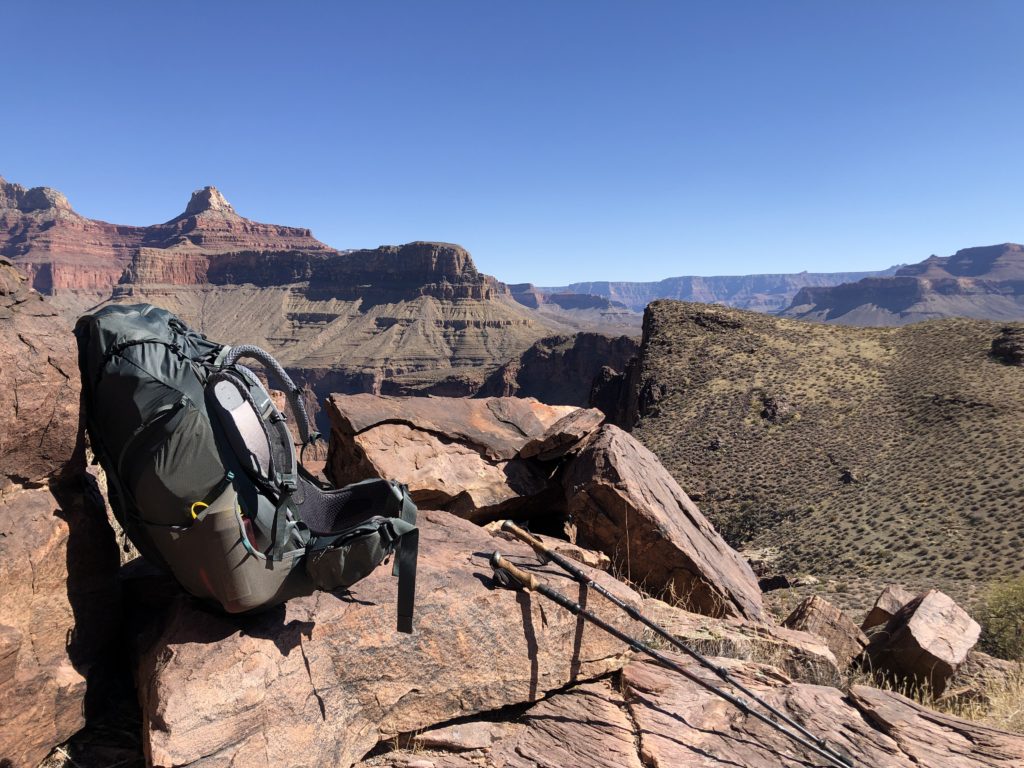

By: Erica Rackley
Here at Trail Sisters, we made a slight change to our mission statement early last year—do you remember it? We realized we wanted to clearly and purposefully state our mission “to increase womxn’s participation and opportunity in trail running and hiking through inspiration, education and empowerment.” We wanted to make clear that Trail Sisters is a community for all womxn who explore trails on foot, whether running, hiking, strolling, or flower identifying.
In that spirit, expect to see more hiking- and backpacking-specific gear reviews, like our recent camp stove review. This month, we’re excited to offer our first review dedicated to backpacking packs. In this review, we take an in-depth look at four new women’s packs that range in capacity from 52 to 65 liters. We also provide brief bonus coverage on three additional packs that are worth a look. Each pack in this review comes with a rain cover.
Mammut Ducan Spine 50-60
Mammut’s Ducan Spine 50-60 is a uniquely designed pack that uses Mammut’s Active Spine Technology. This proprietary suspension system features two pivot points, one in the center of the shoulders and another at the lower back. The pivot points allow the suspension to flex independently of the pack as the wearer moves. The Ducan Spine 50-60’s pocket configuration and compression system is distinct from other packs in this review. The majority of the pack is one large compartment with a lower compartment that can be separated by pulling a drawcord inside the pack that closes a divider. This main compartment is accessible from the roll-top closure or a vertical zipper on the front of the pack that runs nearly the length of the pack. The user can compress the load by pulling tight the thin paracord that crisscrosses the front of the pack. In addition to the large main compartment, the pack also has two side mesh water bottle pockets, one zippered hip belt pocket, a small zippered pocket with a key clip near the haul loop at the top of the pack, and a water-resistant removable pocket that can be attached to the pack in three different places.
What We Loved: This pack is light! The Ducan Spine 50-60 is the lightest pack in this review. Many small, lightweight details add up to deliver a pack that only weighs 3.11 pounds. An adjustable elastic shock cord replaces a traditional sternum strap made of webbing. This pack is essentially one big compartment, eliminating the weight of the fabric and zippers of multiple pockets. The compression system uses, in part, lightweight paracord rather than webbing and buckles. And where the pack does use webbing, it’s generally narrower (and therefore lighter) than the webbing on other packs. In addition to its light weight, we loved several other details about this pack. The side mesh water bottle pockets are big and easy to access while wearing the pack. Zipper access to the main compartment on the front of the pack is helpful as undoing the cord to access the main compartment can be time consuming, especially just to grab one thing.
Fit and Feel: We like Mammut’s Active Spine Technology. The suspension really does move with the wearer’s body, independently of the pack. On our first few hikes with this pack, it was comfortable, despite the weight-saving narrower-than-average and minimally padded shoulder straps and hip belt. But while carrying a heavier load, we noticed the sacrifices Mammut made for the sake of weight. Wider shoulder straps and wider and longer hip belt wings would likely eliminate the pressure points we felt.
Weight: 1410 g (3.11 pounds) Capacity: 50-60 liters
What We Would Change: The Active Spine Technology allows the wearer to move naturally even while carrying a fully loaded pack… but the metal components in the frame squeaked! This noise made our tester an annoying hiking partner as the metal awkwardly alerted her to its presence with every step. We’d love to see wider and more padded shoulder straps and hip belt straps (see Fit and Feel, above). We’re also still pondering the pros and cons of the paracord compression system on the front of the pack. We like how the system provides a very lightweight method for cinching down loads. But once the system is cinched down and the hooks that secure the cord in place are connected to their loops, accessing the pack through the top is a bit involved. The front zipper solves this problem in theory, but the paracord crosses over the top of the zipper, making it difficult to unzip. An easy-to-unhook hook solves this problem in theory, but the system still feels a bit clunky. Also of note, the hip belt pocket has a fold-out cell phone sleeve, but the sleeve is too small for an iPhone 8 with a slim case on it, and even if the phone fit in the sleeve, it would hang down weirdly and hit the wearer’s hip with every step. And while the flexibility of being able to attach the water-resistant zippered pouch to three different places on the pack is nice, we’d rather have a second zippered hip belt pocket. But a phone fits in this pouch, which makes it helpful.
Bottom Line: Mammut’s Ducan Spine 50-60 uses some creative design elements to keep pack weight to a minimum. For shorter hikes or for carrying lighter loads, this pack is a comfortable option. When loads get heavier or the miles add up, the weight-saving minimal padding may make this pack too uncomfortable to carry despite its light weight.
Deuter Futura Air Trek 45 + 10
Deuter describes its Futura Air Trek 45 + 10 SL as “a spacious women’s backpack for long mountain tours or pilgrimages and trekking tours.” This pack is in Deuter’s SL or Slim Line Collection, a lineup of packs that all feature a narrower fit originally intended for women. Each SL pack has a shorter back, narrower shoulder straps, and conically shaped hip fins that Deuter claims “fit narrower waists perfectly.” Deuter recommends the SL fit for anyone with a slim build or long legs and a shorter back. Deuter incorporated several proprietary technologies to make the fit of the Futura Air Trek comfortable and customizable: the VariSlide System allows the wearer to adjust the torso length, the Aircomfort Sensic mesh provides ventilation, and the Variflex ECL (Ergonomic Comfort Lock) hip fins incorporate with the shoulder straps to allow a custom and secure fit.
What We Loved: We found this pack very comfortable to carry and particularly liked the well-padded hip belt. We also found this pack’s construction and materials to be quite durable; unlike some packs, this one seems likely to stand up to the rigors of backpacking in environments notoriously tough on gear, like the desert, with its pokey plants and sharp rocks, where we did much of our testing.
Fit and Feel: Again, this pack felt generally quite comfortable. One thing we noticed was the very thick, padded, somewhat narrow shoulder straps; the narrow straps concentrate the load onto a small point on the clavicles and were a little uncomfortable over time.
Weight: 2000g (4.4 pounds) Capacity: Capacity: 55 liters (officially 45 + 10, with the extra 10 liters coming from the height-adjustable lid)
What We Would Change: We found the expandable side pockets less useful than if Deuter had simply made the main compartment a bit larger. The extra fabric in the expandable folds adds weight to the pack, as do the zippers. The pockets are useful for carrying water bottles, but the pack also has dedicated side water bottle pockets and a sleeve for a hydration reservoir. At 4.4 pounds, this pack falls in the middle of the weight range of the packs in this review; we would love this pack even more if Deuter eliminated some of those side pockets and zippers to shave off weight. One more detail: The opening for threading a hydration reservoir hose was a little small for our hose; making the opening slightly larger would accommodate a wider range of hoses and bite valves.
Bottom Line: Our overall impression of this pack boils down to this: most everything about it is good to great, and a tweak to a few features would make it great to excellent. The Deuter Futura Air Trek 45 + 10 is a comfortable, durable pack that we would happily use for a weekend to week-long backpacking trip. A few changes, like reducing the pack’s weight by eliminating some pockets and zippers that seem unnecessary, would make this pack our go-to pack.
Gregory Maven 65

Gregory calls its Maven 65 a pack “for multi-day excursions into the mountains that demand a lightweight, nimble pack with plenty of support.” This pack falls into Gregory’s “lightweight” category, and it is the second-lightest pack in this review. The Maven 65 features Gregory technologies designed to make even this minimalist pack quite comfortable. The FreeFloat Hybrid Suspension is designed to move with the body’s natural movements, and 3D cutouts in the hip belt foam and back panel foam cradle the hips and provide ventilation.
What We Loved: The Maven 65 proved itself a nearly ideal pack for our tester: a comfortable, lightweight pack with very few extraneous features. After we dialed in the easy-to-adjust torso length, this pack comfortably handled a 45-pound load at the beginning of an eight-day shoulder season desert trip. There isn’t a lot that’s especially flashy about this pack—no expandable compartments, no excessive pockets. Instead, it’s simple and functional with well-designed details. For example, the large mesh side pockets easily fit water bottles, and one allows easy access while wearing the pack. The front mesh pocket holds plenty of gear and is great for quickly stashing maps or a rain jacket. The large main pocket has a side-access zipper, and while eliminating this feature would make the pack slightly lighter, it was helpful for quickly accessing gear. The large hip belt pockets hold lots of items we like to keep handy—sunscreen, chapstick, a phone, snacks, and more.
Fit and Feel: After a few adjustments, our tester found the sweet spot for torso length, and this setting was easy to adjust. The well-padded hip belt is both wide enough and padded enough to comfortably carry 45-pound loads. Our tester experienced bruising on the hip bones, but that’s not uncommon for her at the beginning of long trips, and the bruising went away after several days.
Weight: 3.51 pounds (small/medium) Capacity: Capacity: 65 liters (small/medium)
What We Would Change: Our tester didn’t need the divider in the main pocket, but it is easy to remove. Similarly, to make this the perfect pack, we’d remove the sleeping bag compartment zipper to reduce pack weight, especially given that the pack also has a side access zipper. While testing this pack in the desert with its pokey plants and abundant exposed rock, the stretchy mesh on the outside of the pack developed quite a few rips, and one seam on a water bottle pocket ripped out. Yes, our testing environment tends to be tough on gear, but it seems that this pack sacrifices some durability for weight savings.
Bottom Line: The Maven 65 is our favorite pack in this review! Gregory even added some thoughtful details, like an elastic cord on one shoulder strap for storing sunglasses and a key clip, which was a nice replacement for our tester’s typical key safety pin. The pack features all the compartments, compression, and adjustable components necessary to comfortably carry an expedition load, and it has almost no unnecessary features to add to the pack’s weight.
Fjallraven Keb 52
Fjallraven calls the Keb 52 “an ergonomic, robust all-season backpack for long trips on foot or skis.” This pack features a wooden frame, which Fjallraven claims reduces the pack frame’s carbon footprint by 90 percent compared to aluminum frames. Fjallraven incorporated recycled materials into the Keb 52; the base and sides of the Keb are made of Fjallraven’s waterproof Bergshell fabric, derived from recycled nylon. The rest of the pack is made of Fjallraven’s G-1000® HeavyDuty Eco S, a blend of recycled nylon and organic cotton.
What We Loved: The Keb’s suspension system was one of the most comfortable in this review. We liked the well-padded harness and adjustable torso length. We quickly realized the Keb is ideal for travel; it’s carry-on sized and made of relatively heavy but seemingly durable materials. The front zippered pocket has great organizer pockets inside it, and it was easy to remove the lid to make the Keb even smaller for travel. And whether hiking or traveling, the side zipper access to the main compartment is helpful and convenient.
Fit and Feel: The Keb is comfy! On the trail or hustling between airport terminals, this pack fit snugly and securely, like it was incorporated into our tester’s frame rather than strapped on her back.
Weight: 2260 grams (4.98 pounds) Capacity: Capacity: 52 liters
What We Would Change: The Keb is one of the smaller packs, in terms of capacity, in this review, and a significant portion of that capacity is in the front zippered pocket and lid, which leaves the main compartment likely too small to hold many hikers’ complete kit. The main compartment is notably narrower than that of the other packs in this review. Also, though the torso length is adjustable, it’s tricky to get the buckle closed after adjusting; we’d love to see an easier-to-adjust design.
Bottom Line: At 5 pounds and just 52 liters in capacity, the Keb offers too little capacity for too much weight for us to want to use it on most wilderness backpacking trips. Given its comfortable suspension system, multiple zippered pockets, and durable materials, however, our tester found herself choosing the Keb for travel. It’s also a great option for those who prioritize reducing their carbon footprint over reducing their pack weight, thanks to the unique wooden frame design, recycled materials, and durable fabrics that will likely outlast lighter but more fragile materials.
Bonus Coverage:
Gregory Kalmia 60 Plus
The Kalmia 60 Plus is a women’s-specific pack in Gregory’s “ventilated” pack line. Gregory accomplishes ventilation by designing the Kalmia with a sturdy, net-like fabric against the wearer’s back that keeps the actual pack about an inch away from the wearer. According to Gregory, “Plus Size packs are designed with extended length shoulder straps and hip belts, plus additional fit revisions to accommodate larger body shapes and sizes.” The fabrics in the Kalmia are made from recycled materials, which Gregory claims reduces the CO2 emissions of making the pack by 28 percent. The Kalmia also features Polygiene technology on the mesh back panel, an odor-controlling fabric treatment that inhibits bacterial growth. This pack is available in two plus sizes and two non-plus sizes.
Weight: 4.79 pounds (small/medium plus) Capacity: Capacity: 60 liters (small/medium plus)
Our Take: If you prioritize ventilation and organization over minimal pack weight, the Kalmia is for you. It has SO MANY pockets and dividers within pockets. The lid has three zippered pockets. The pack has a mesh pocket on the outside, a zippered pocket with an internal divider in the middle, and a large main pocket with a hydration reservoir sleeve and removable sleeping bag compartment divider. The main pocket is accessible from the top, bottom (sleeping bag compartment zipper), and side (zipper). Plus, both sides of the hip belt have large zippered pockets. The suspension system is comfortable and adjustable (both the hip belt length and torso length). All these zippered and subdivided pockets come at a weighted price, as this pack weighs just under 5 pounds. But the Kalmia is a comfortable, adjustable hauler for heavy loads, and we love that Gregory makes women’s-specific packs for all female adventurer body types.
Fjallraven Kajka 65 W
Fjallraven calls its Kajka 65 W an “advanced trekking backpack” and uses its Perfect Fit system of adjustability on this full-featured pack. At 7 pounds, this is the heaviest pack in this review by a significant margin; it’s the antithesis of the also 65-liter capacity Gregory Maven. But in exchange for the extra poundage, this pack offers by far the most pockets, access points, and adjustability of any pack in this review. And like Fjallraven’s Keb 52, the Kajka uses a birch frame that Fjallraven claims has a carbon footprint that is 90 percent smaller than its aluminum counterparts.
Weight: 3200 g (7.05 pounds) Capacity: Capacity: 65 liters
Our Take: If you like the fit, adjustability, and overall design of the Fjallraven Keb 52 but want a larger capacity pack, the Kajka is for you. This pack abounds in weight-adding, but potentially useful and clever features: the main pocket is accessible via the top drawcord opening and two full-length zippers on the front of the pack, the front of the pack has metal stays in it, both sides of the pack have expandable zippered pockets, the bottom compartment can be divided from the main compartment with a zippered divider, the bottom compartment also features a mesh divider that can be zipped into use or rolled away (so there are a total of three zippers in the bottom compartment), and the lid has an extra strap that can be used to detach the compartment to wear it as a waist pack. The Kajka is the only pack in this review that not only has an adjustable torso length but also has snaps that allow the wearer to adjust the width between the shoulder straps at the point where they connect to the pack. This pack is a “kitchen sink” pack made to carry heavy loads comfortably for a variety of body shapes, but the adjustability and unique features come at a big weight price.
Decathlon Trek 100
Decathlon is a French company with a mission “to sustainably bring the power of sport to everyone, everywhere” and a tagline of “high quality, low prices.” Decathlon delivers on prices, as this pack is the most affordable in this review. While Decathlon makes a women’s Trek 100 with a capacity of 50 liters, the only pack available to us to review was the men’s version of the Trek 100, so we’re including a few comments on features that are consistent across both the men’s and women’s versions. One such feature is the Easyfit system, which allows the wearer to adjust both the torso length and tightness of the shoulder straps by pulling on one webbing loop on each side of the pack.
Weight: 3.5 pounds (women’s Trek 100 50 liter) Capacity: 50 liters (women’s Trek 100 50 liter)
Our Take: The women’s Trek 100 is a 50-liter backpack that weighs 3.5 pounds and retails for $89.99. The combination of those three stats is difficult to beat. Based on our experience testing the men’s 70-liter Trek 100, we suspect the women’s version is a basic pack that will easily get someone started backpacking and comfortably fits a variety of body types, thanks to the Easyfit system’s adjustable torso length. Our one concern in the men’s version is that due to the thickness of the shoulder padding and the fact that the padding does not cover the length of the wearer’s back (the padding ends at the shoulder blades), the shoulder pads created a rubbing point at the base of the shoulder blades.
About the Author

Erica lives, works and plays in Summit County, CO. Her best days are those spent outside exploring a new place powered by her own two feet. She got her running start in the summer before eighth grade, when she ran a loop around the neighborhood to decide whether or not to go out for the cross country team. These days, she mostly puts in her miles on the beautiful trails outside her door in her mountain home. When not running, find her with a thought-provoking read or making something delicious in the kitchen…or, preferably, on the camp stove.
Share This Article!


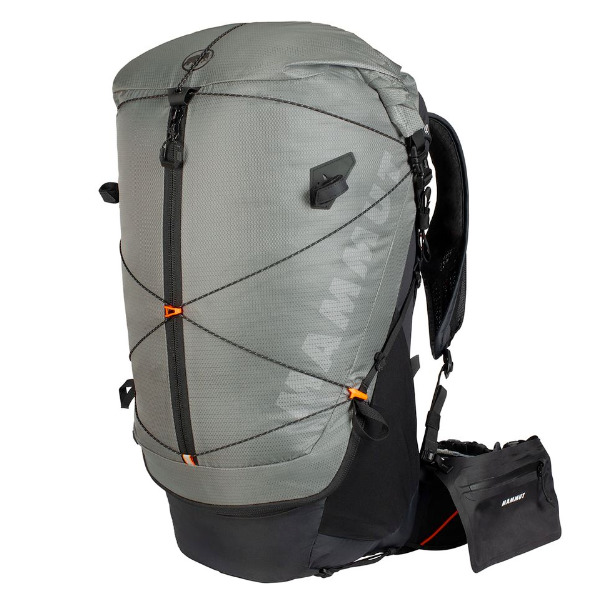
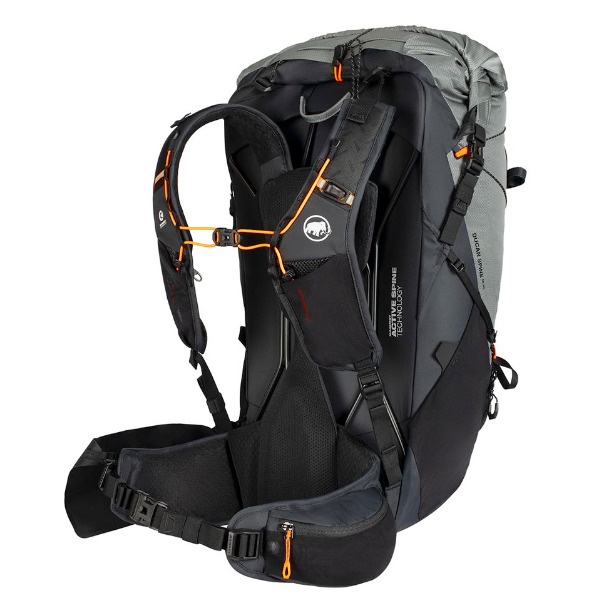
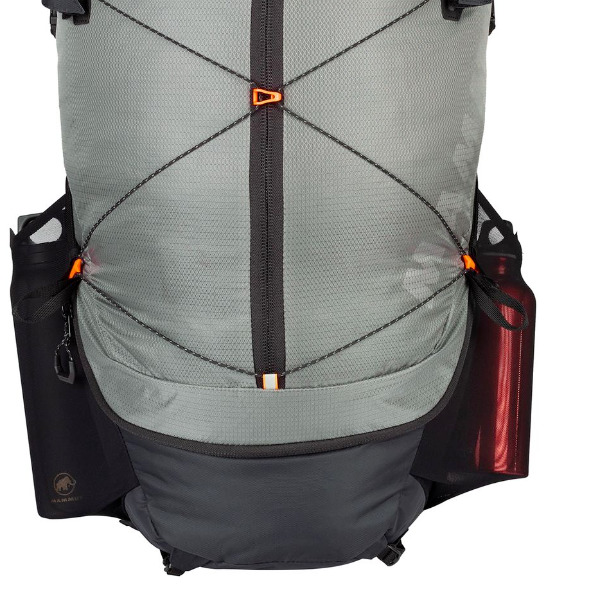
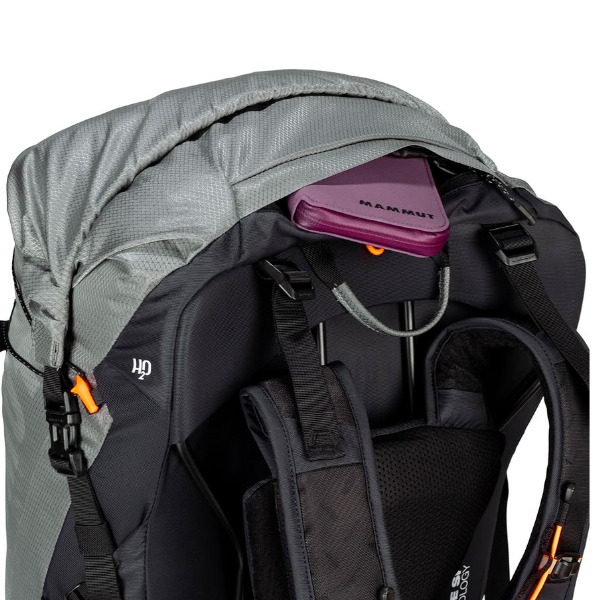
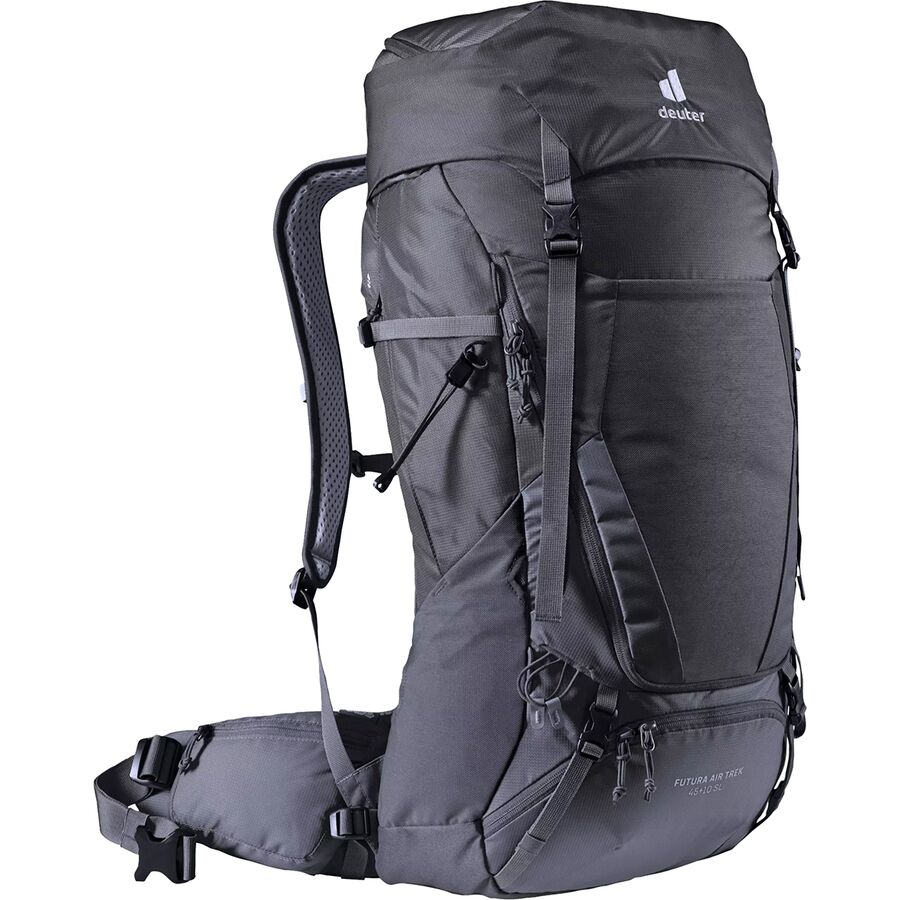
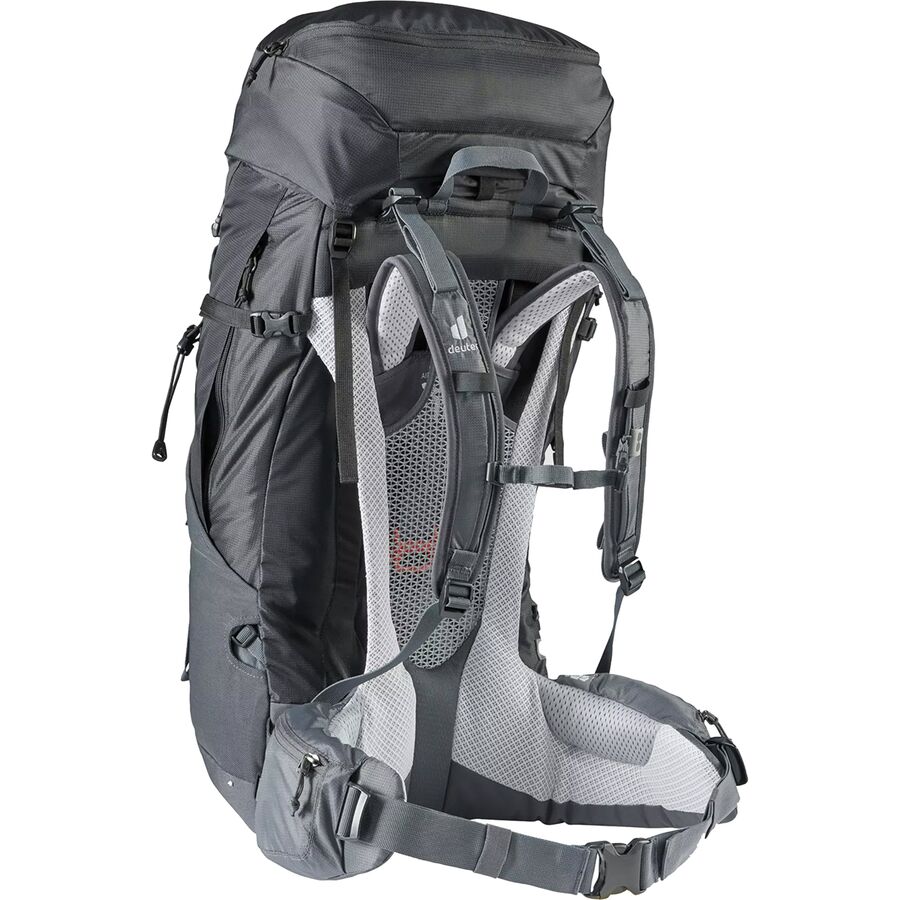
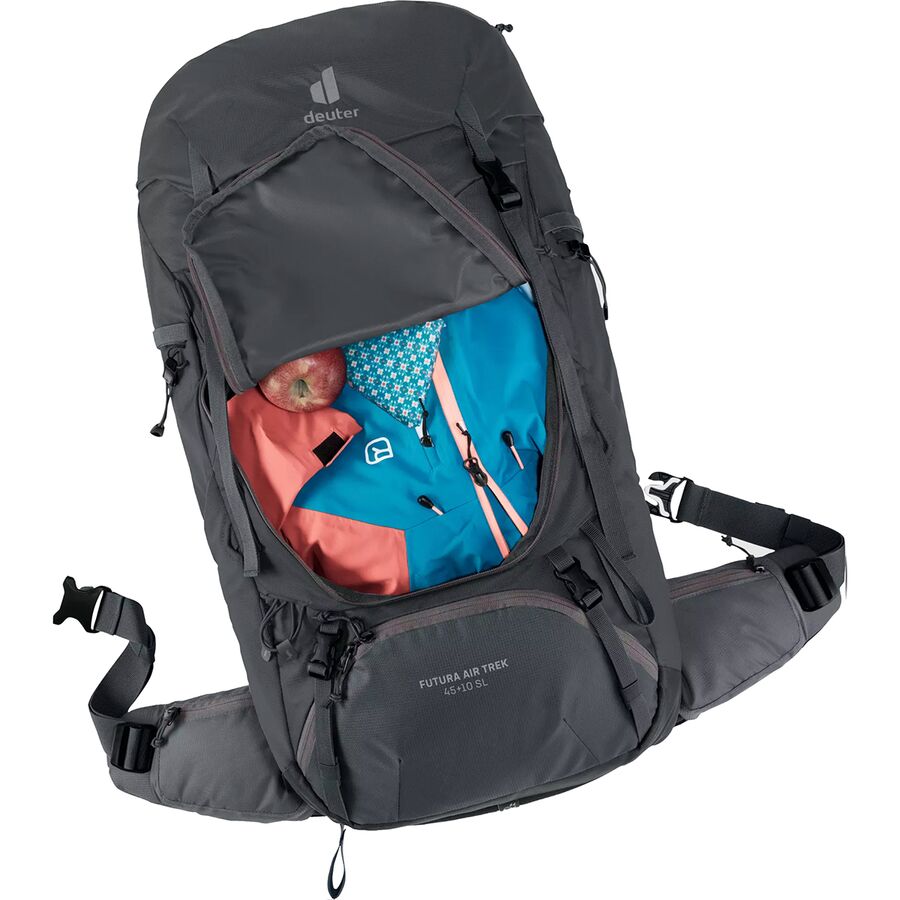
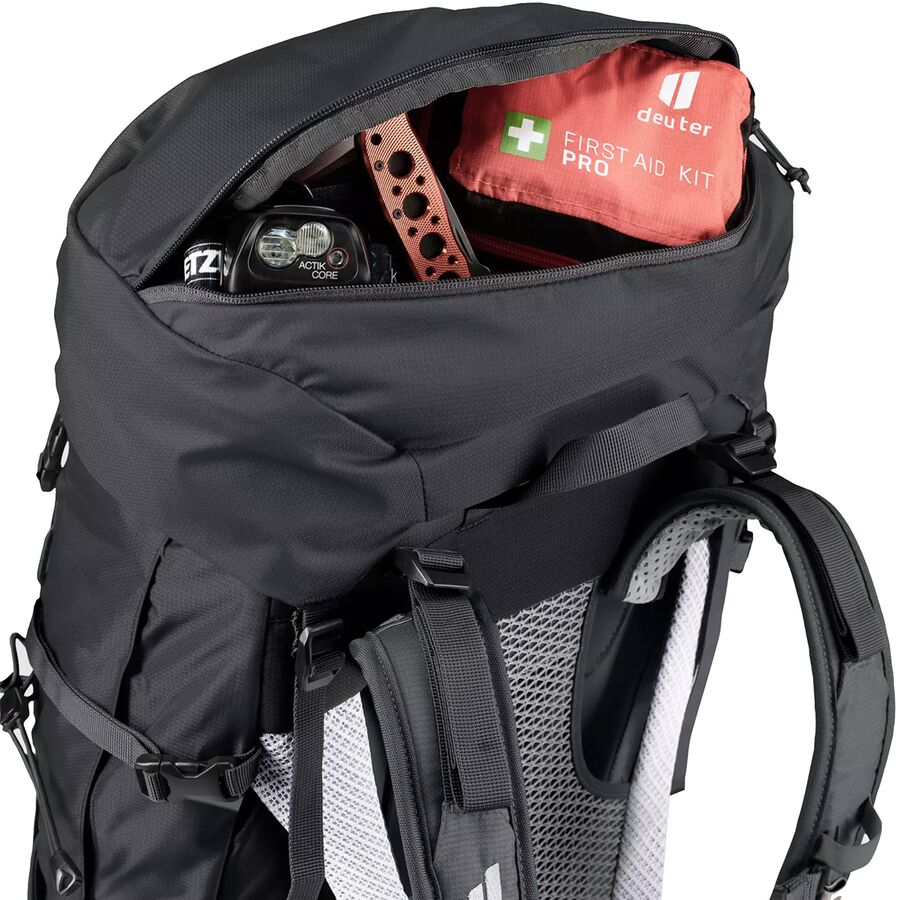
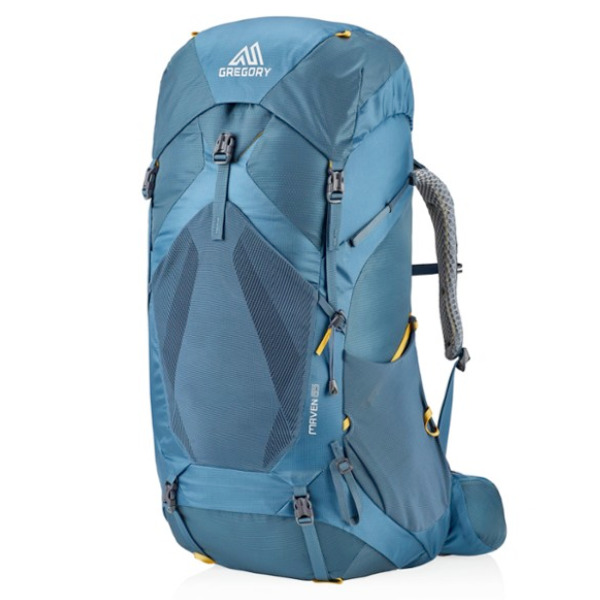
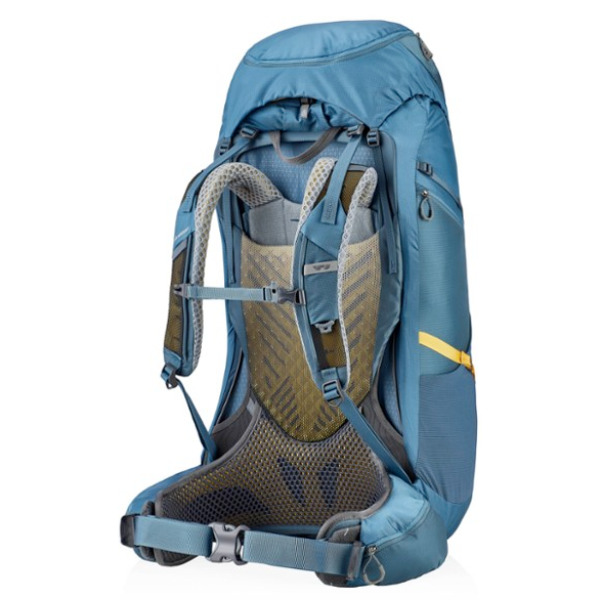
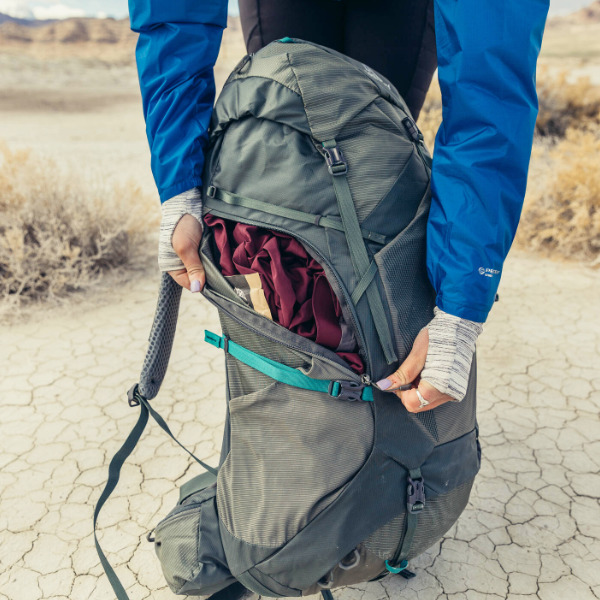
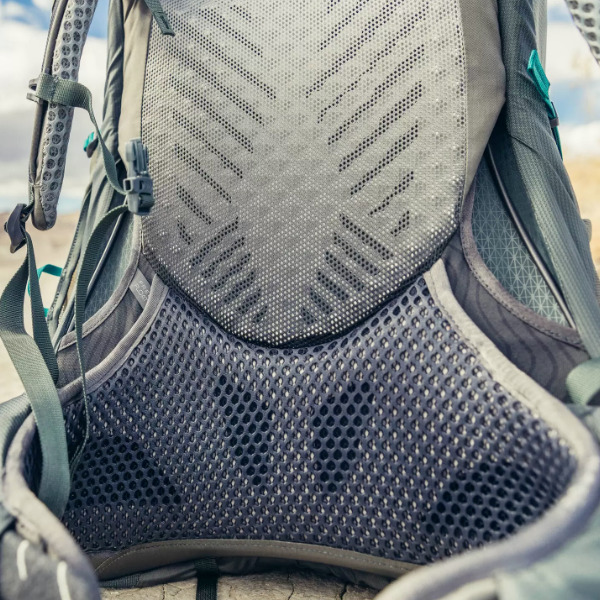
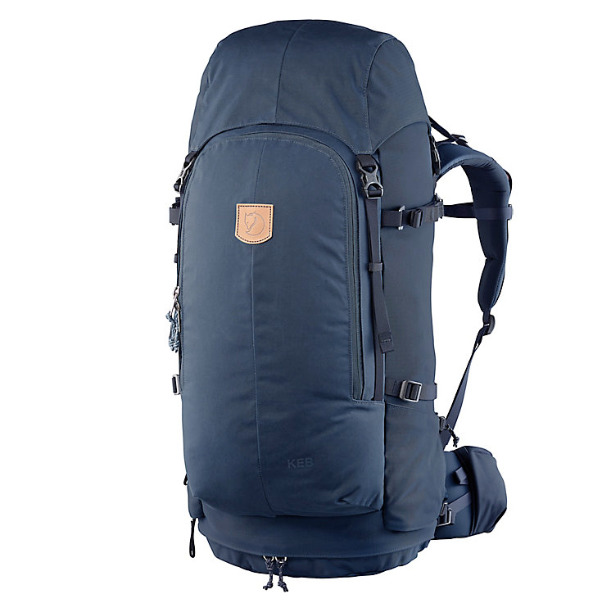
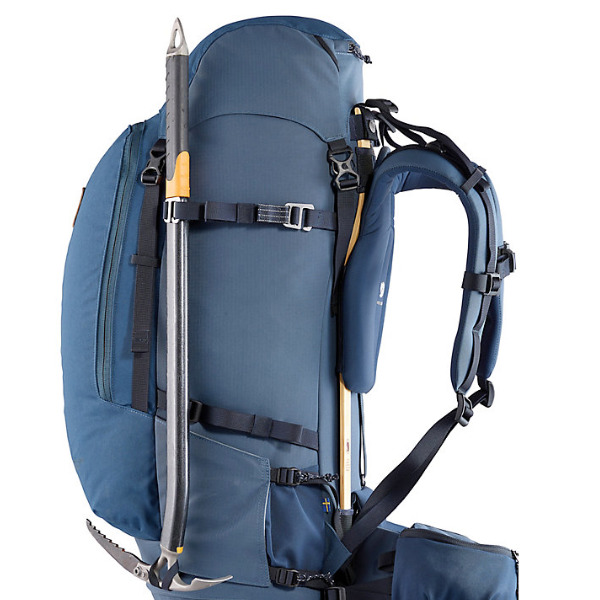
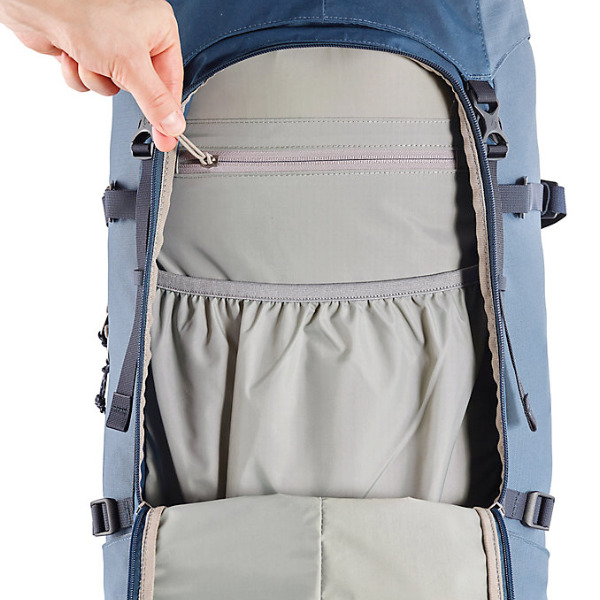
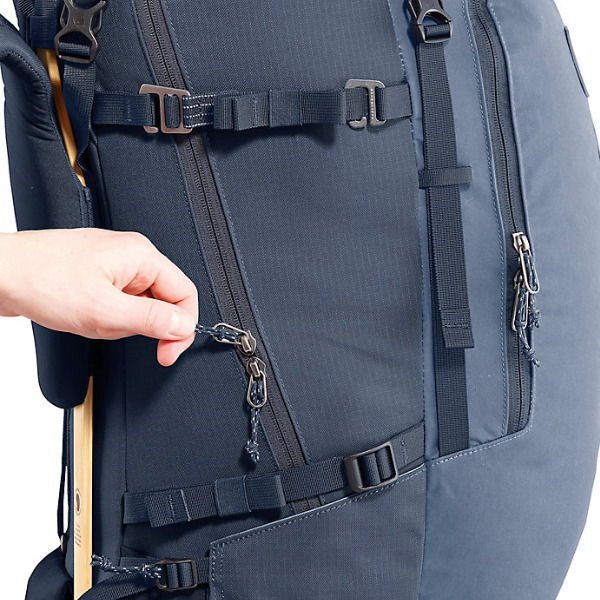
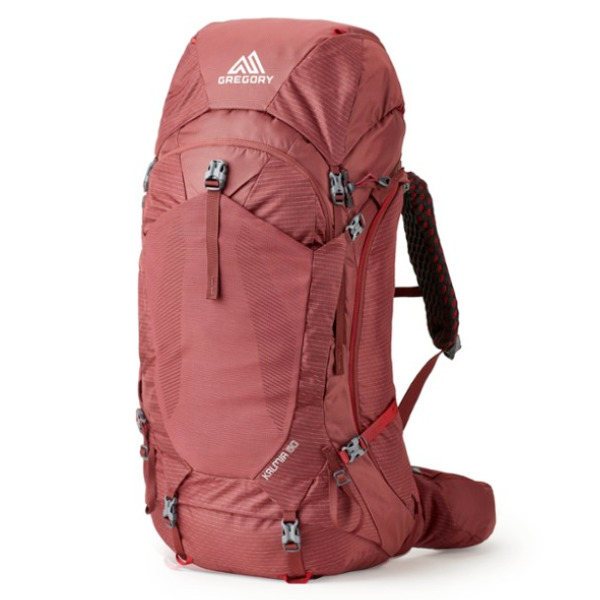
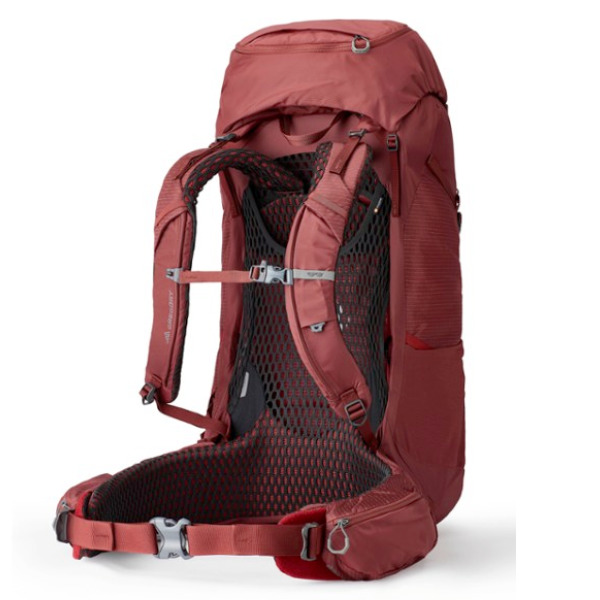
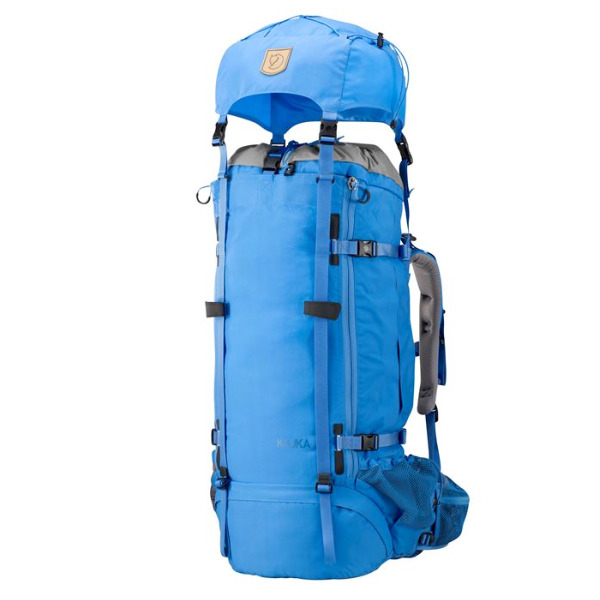
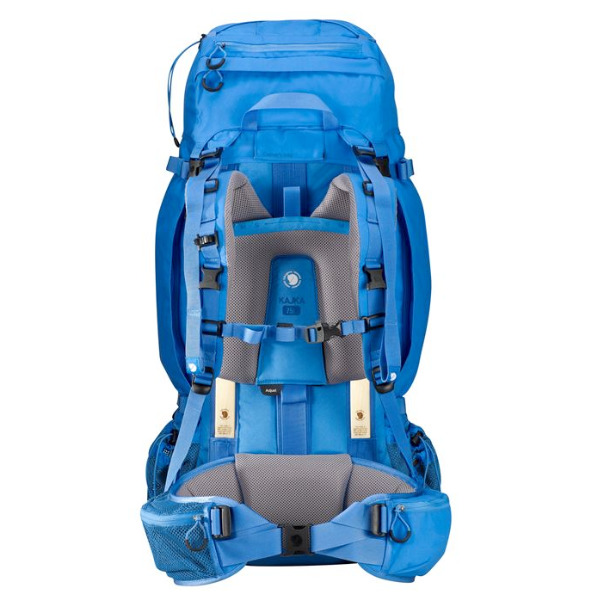
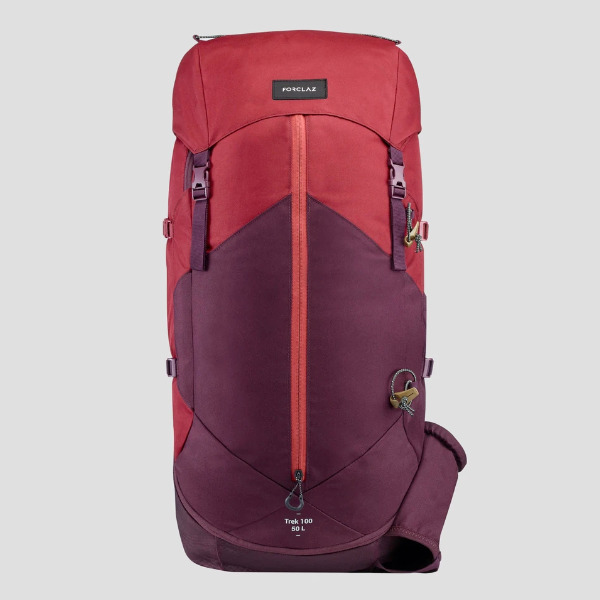
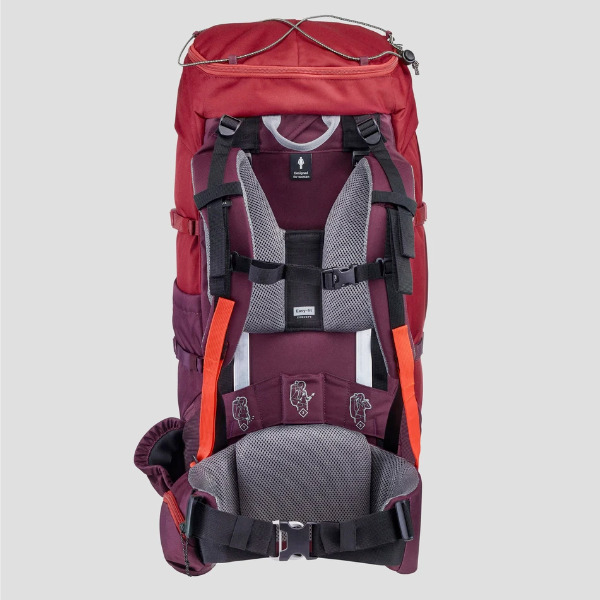
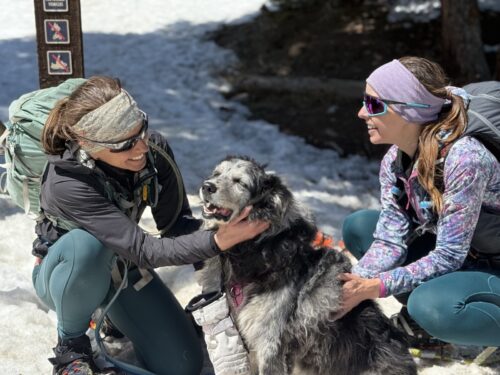
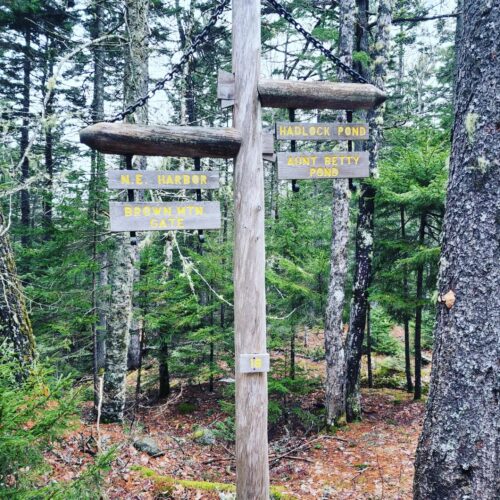









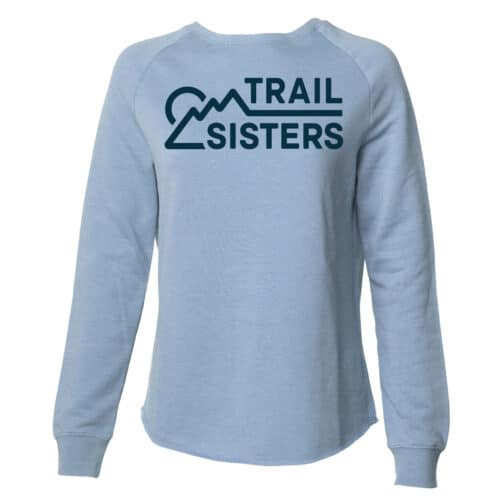
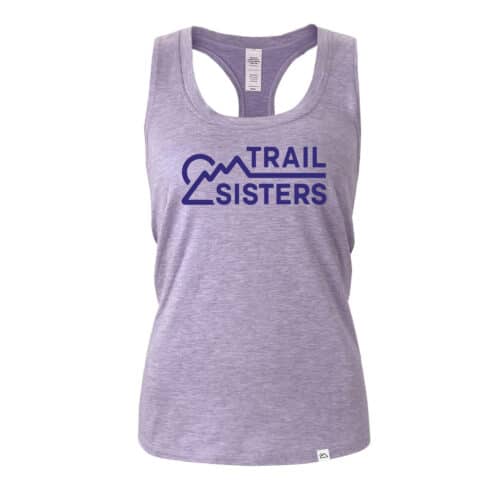
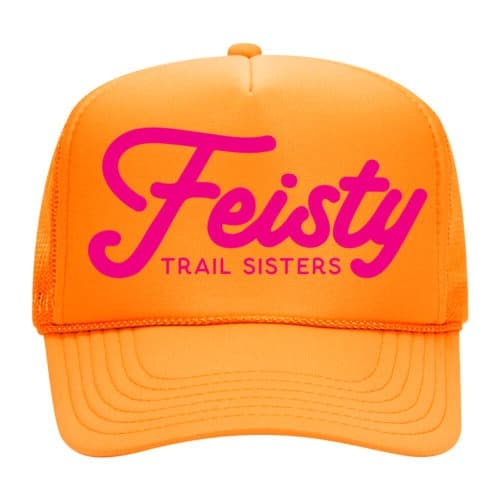
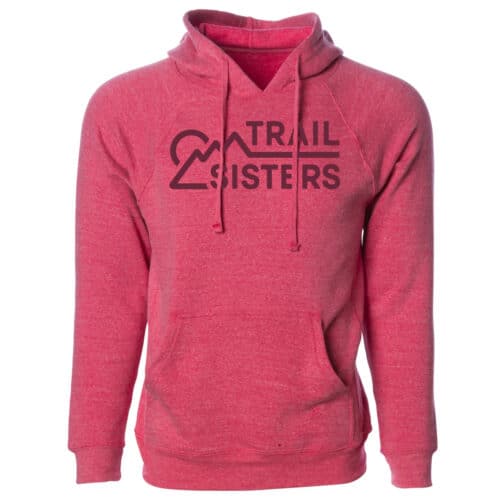
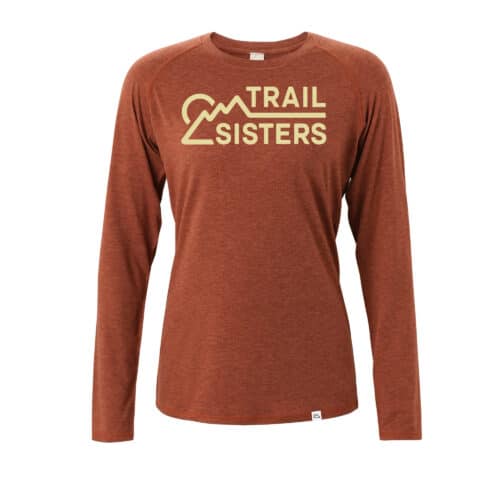
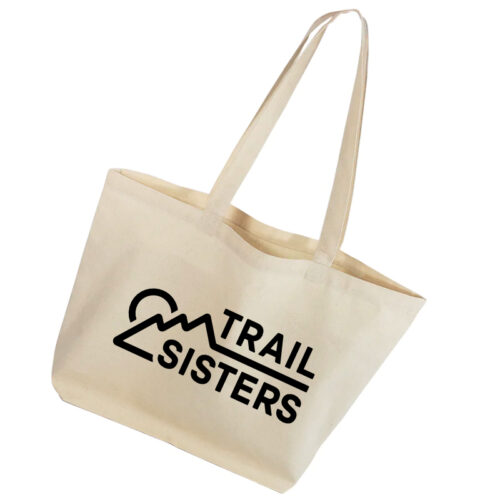

One Response
This is a really well written & informative article! Much appreciated. I’d love to hear your views on a more affordable bunch of backpacks too (REI, etc.).